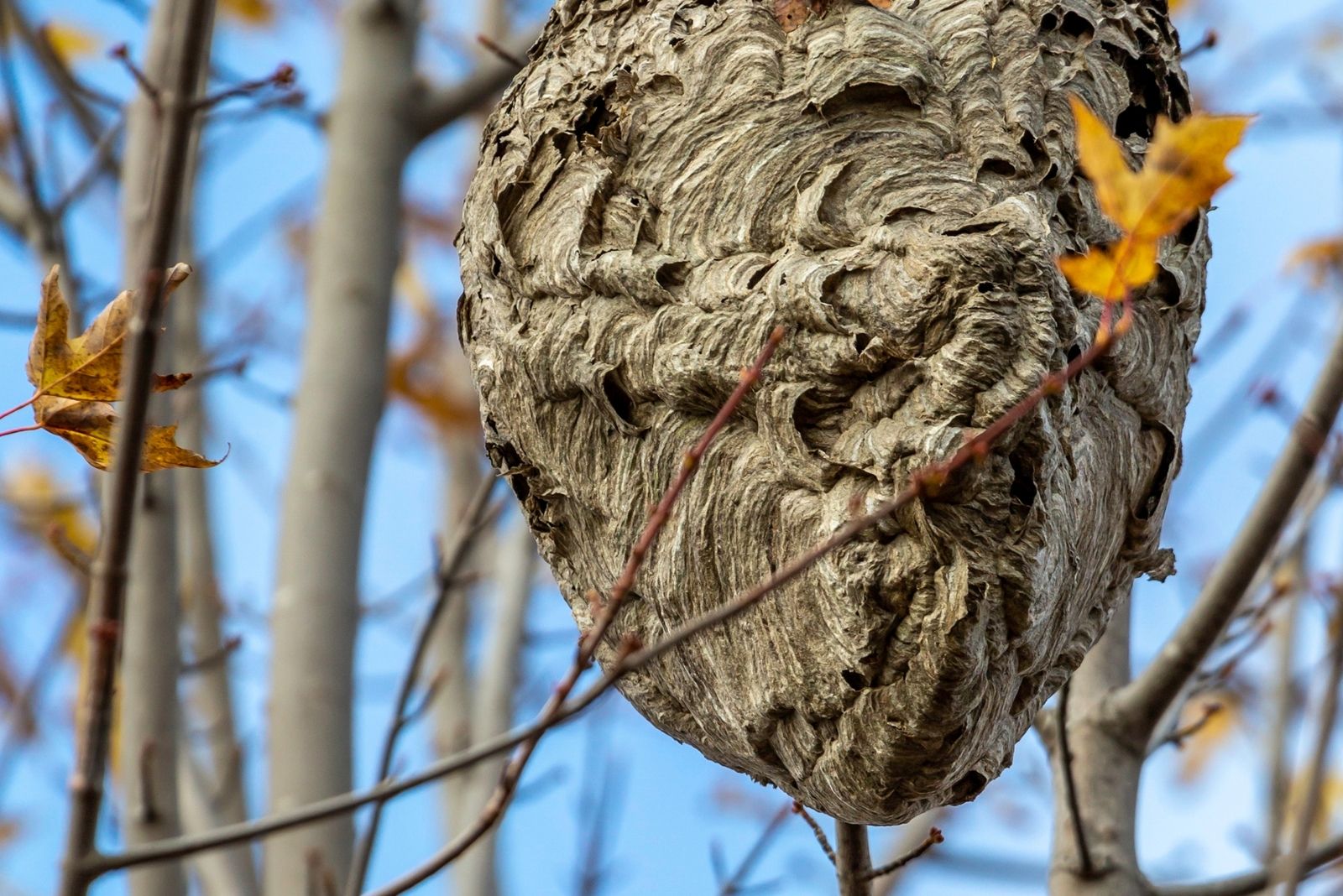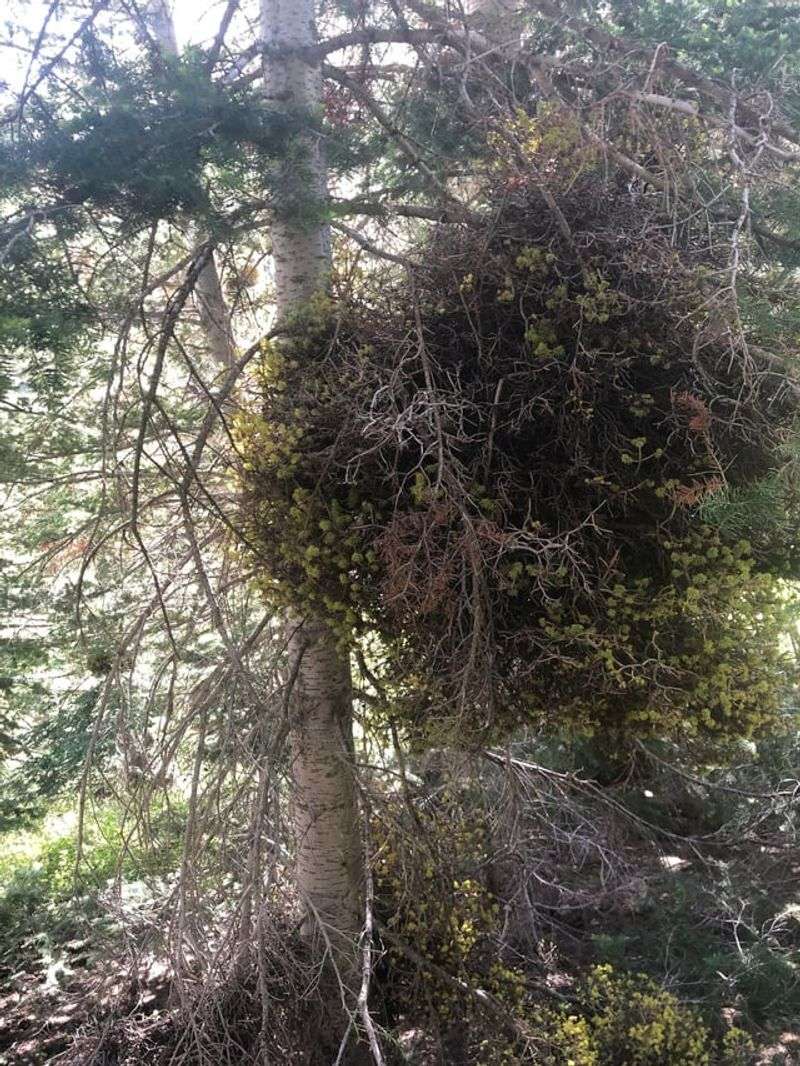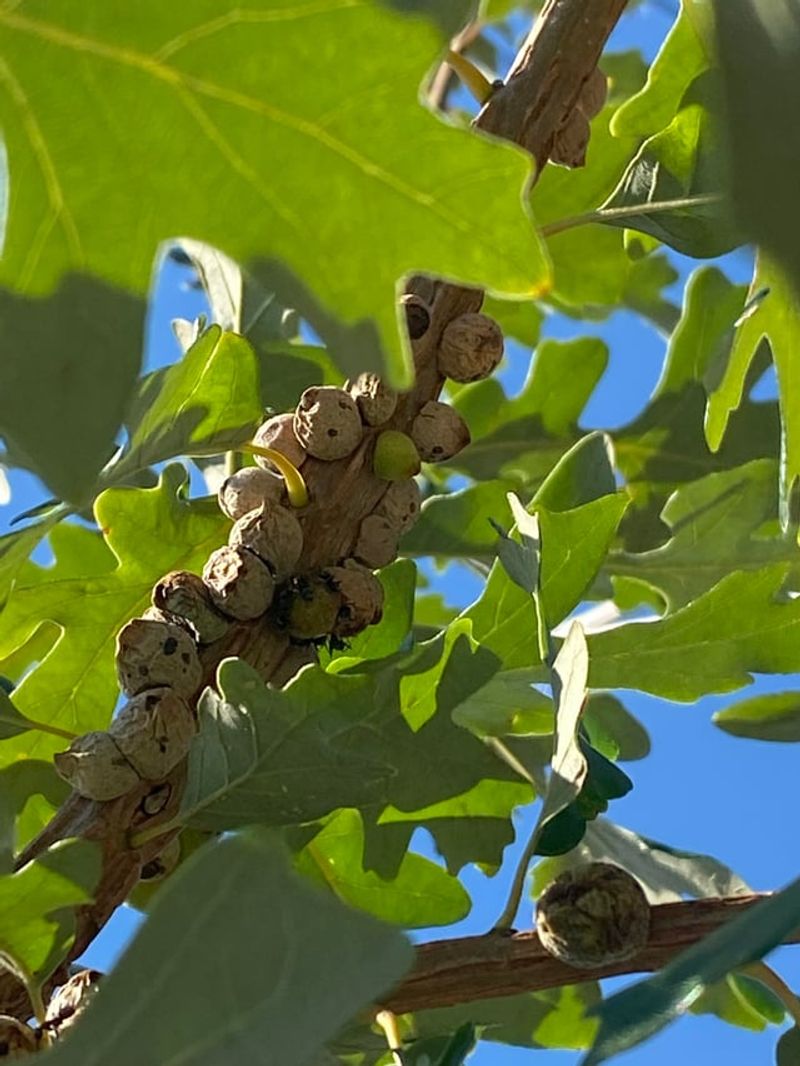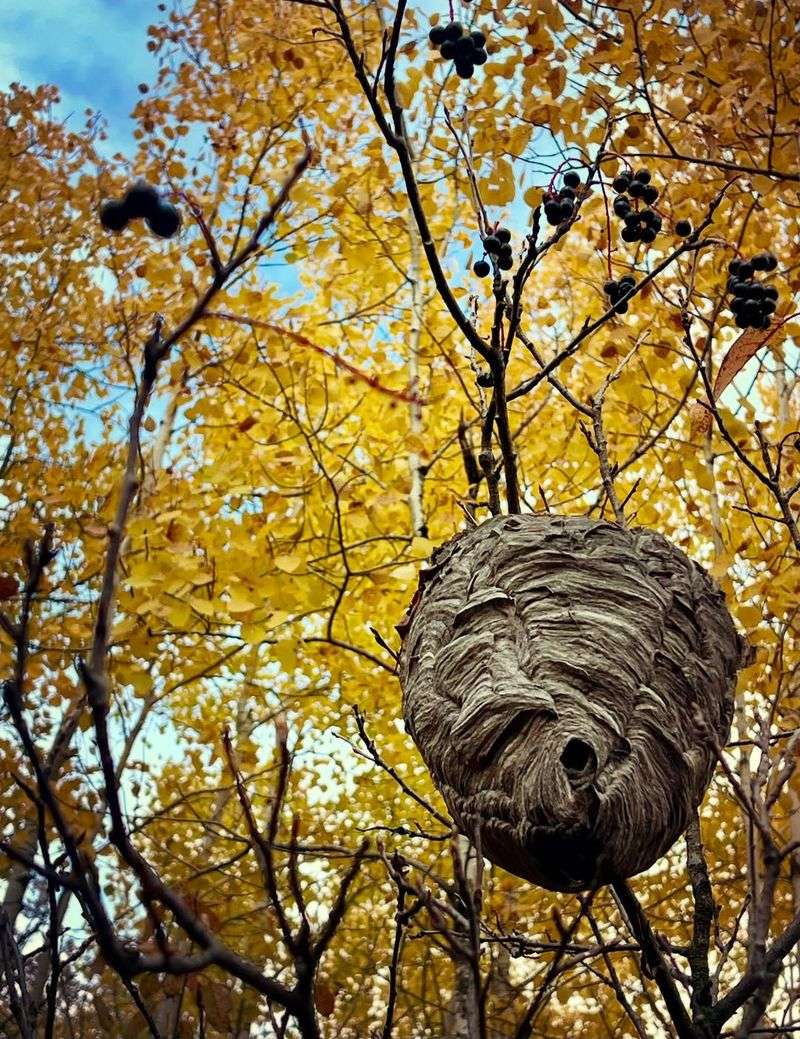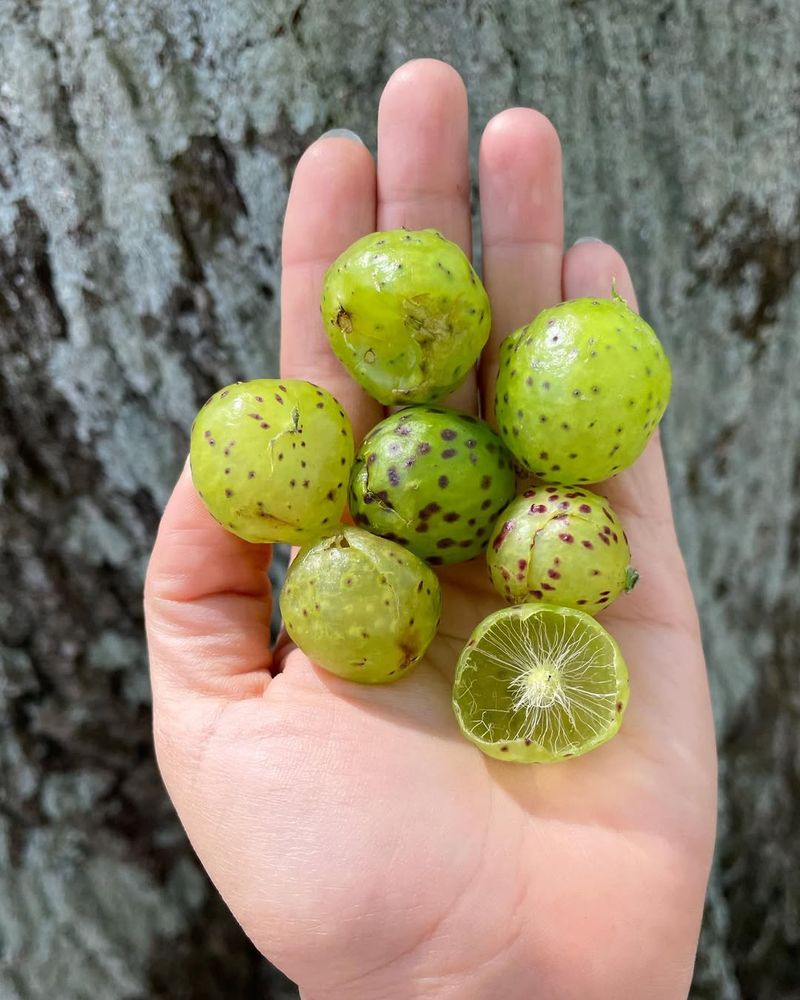Ever spotted a strange ball of leaves high up in a Tennessee tree and wondered if birds built it? You’re not alone—many people mistake these leafy clumps for nests.
But chances are, what you’re seeing isn’t a bird’s home at all. Let’s explore what these mysterious structures really are and why they appear in trees across the state.
1. Squirrel Dreys Are Often Mistaken for Bird Nests
Squirrels build cozy homes called dreys that look remarkably like messy piles of leaves wedged in tree branches. Unlike bird nests, dreys are larger, bulkier, and constructed from leaves, twigs, and moss all woven together.
Tennessee’s abundant squirrel population means you’ll spot these structures year-round, especially in oak and hickory trees.
Dreys provide insulation during cold winters and shelter during rainy springs. If you watch closely on a chilly morning, you might even see a bushy tail poking out from the entrance hole.
2. Witches’ Broom Disease Creates Clustered Growth Patterns
Sometimes trees develop abnormal growths called witches’ brooms that resemble tangled balls of leaves and branches. Fungi, mites, or viruses cause these dense clusters to form, creating odd-looking masses that stay attached year after year.
Tennessee’s humid climate encourages these infections, particularly in hackberry and honey locust trees. The growths won’t harm the entire tree but create fascinating natural sculptures.
From a distance, they absolutely fool people into thinking a massive nest sits overhead. Look for the permanent attachment to branches as your clue it’s not wildlife-made.
3. Mistletoe Clumps Thrive in Tennessee’s Climate
Mistletoe isn’t just for holiday decorations—it grows wild throughout Tennessee as a parasitic plant that forms round, bushy clumps in tree canopies. These evergreen balls stay green all year, which makes them especially noticeable when surrounding leaves drop in fall.
Oak, elm, and maple trees commonly host these persistent guests. Birds spread mistletoe seeds through their droppings, allowing new clumps to establish on branches.
While mistletoe does steal nutrients from its host tree, it rarely causes serious damage. The spherical shape and year-round foliage make identification pretty straightforward once you know what to look for.
4. Leaf Galls Form Unusual Structures on Branches
Tiny insects like wasps and aphids trigger trees to produce galls—abnormal growths that can cluster together and resemble leafy nests from below. When multiple galls form close together on Tennessee trees, they create convincing ball-shaped masses that puzzle observers.
These structures protect developing insect larvae inside while the tree continues growing normally around them. Galls come in fascinating shapes and sizes depending on the insect species involved.
Most cause no lasting harm to healthy trees. Check for unusual texture or coloring compared to regular leaves—that’s your hint you’re looking at insect architecture rather than bird construction.
5. Abandoned Wasp Nests Resemble Leafy Bundles
Paper wasps and hornets construct large nests from chewed wood fibers that can look surprisingly similar to clumped leaves when viewed from ground level.
After the colony dies off in late fall, these papery structures remain attached through Tennessee’s winter months, often collecting leaves and debris that enhance the nest-like appearance. These nests typically have a grayish color and distinctive layered texture when examined closely.
Unlike active nests buzzing with activity, abandoned ones pose no danger and gradually deteriorate over time. The rounded shape and strategic placement in protected branch forks make them convincing bird nest imposters to the untrained eye.
6. Oak Apple Galls Create Round Leafy Masses
Oak apple galls are fascinating growths that appear when tiny wasps lay their eggs inside oak tree tissue. The tree responds by forming a protective ball around the wasp larvae, creating what looks like a clump of tangled leaves or a papery sphere.
Unlike bird nests made from collected twigs and grass, oak apple galls are actually part of the tree itself. They’re usually light brown or tan and feel papery to the touch. Inside, the developing wasp larvae feed safely until they’re ready to emerge as adults.
Many people mistake these galls for abandoned nests because they appear suddenly and stay visible all winter long. They’re completely harmless to the tree and provide important habitat for native insects throughout their lifecycle.

